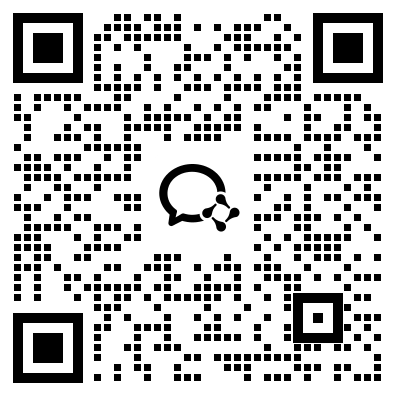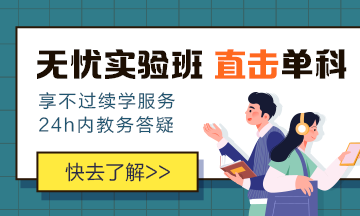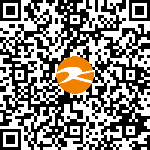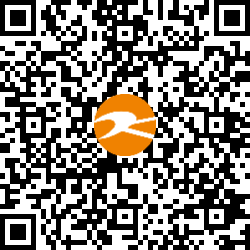自考英语语法复习资料(19)
(10)强调结构
1. 强调句的定义
强调是有效地进行思想交流的重要手段之一。人们在交际过程中,为了使自己的思想能为听者或读者恰当的理解,必须突出重要的内容,这就需要运用强调的手段。
2. 强调的构成
在现代英语中,人们可以通过语音手段、词汇手段、语法手段来进行强调。
(1)语音手段
在口语中,人们可以根据交流的需要,通过语句重音来对不同的词语进行强调。例如 He speaks English well 这句话,可以通过语句重音来分别对不同的词进行强调:
A:We need a good student to host the evening party.
B:Well,he speaks English well. (侧重“他”)
A:He's been living in Canada for years.
B:He speaks English well but his writing is not very good. (侧重“说”)
A:He speaks fluent French.
B:He speaks English well,too. (侧重“英语”)
A:Do you think he is fit for the job?
B:Certainly. He speaks English well. (侧重“好”)
(2)词汇手段
人们常用一些形容词、副词、否定词等词汇手段来较强语气。例如:
This is a most interesting TV play. 这是一部非常有趣的电视剧。
Grace is tall,but Catherine is still taller. 格雷斯个子很高,但是凯瑟林个子更高。
War and peace is the best novel that l have ever read.《战争与和平》是我曾经读过的更好小说。
The last thing that a lazy student wishes is examination. 懒学生更不愿意的事情就是考试。
At that very moment the policemen came. 就在那时警察到了。
I can't even remember the name of that old friend of mine. 我甚至连那位老朋友的名字都不记得了。
Where in the world did you go just now ? 你刚才究竟去哪儿了?
What on earth are you doing? 你究竟在干什么?
She's not in the least angry with me. 她一点也不生我的气。
The president himself will chare the meeting. 总统将亲自主持这个会议。(反身代词作主语同位语表示强调)
(3)语法手段
1. 用It is/was…that/who…句型表示强调。
被强调的部分(通常是句子的主语、状语、宾语或宾语补足语)放在is/was的后面,如被强调的是人,则后面可用who,whom等代替。例如:
He met an old friend in the park yesterday. 他昨天在公园碰见一个老朋友。
上述句子可以通过强调句型对除谓语以外的不同成分进行强调。如:
It was he who/that met an old friend in the park yesterday. (强调主语)
It was an old friend that/who he met in the park yesterday. (强调宾语)
It was in the park that he met an old friend yesterday. (强调地点状语)
It was yesterday that he met an old friend in he park. (强调时间状语)
2. 用助动词do,does或did来强调谓语动词。例如:
Do come early. 一定早点来。
He did send you a letter last week. 他上周确实给你寄过一封信。
We're pleased that she does intend to come. 她的确打算来,我们非常高兴。
3.用主语从句+BE+被强调部分,主语从句常用what引导。例如:
John wants a ball. 约翰想要一个球。
What John wants is a ball. 约翰想要的是一个球。
Mary gives piano lessons every day. 玛丽每天教钢琴。
What Mary does every day is (to) give piano lessons. 玛丽每天干的工作是教钢琴。
4. 用修辞疑问句,表示强调。
疑问句转用作加强语气的陈述句时,即可称为修辞性疑问句。需要注意的是:肯定的修辞疑问句其意义相当于强调的否定陈述句;而否定的修辞疑问句其意义则相当于强调的肯定陈述句。如:
Can anyone doubt the truth of his statement? 谁能怀疑他陈述的真实性? (= Surely no one can / would doubt it.)
Who doesn't know the sun rises in the east? 谁不知道太阳从东方升起?(=Everyone knows…)
5 人们还可以通过改变句子结构或颠倒正常语气的手段来进行强调。例如:
Never will China be the first to use nuclear weapons. 中国决不会第一个使用核武器。
Only in this way can we catch up with and surpass the world's advanced level of science and technology. 只有这样,我们才能赶上并超过世界先进科技水平。
Happy are those who are content. 知足常乐。
1. It is/was…that… 强调句型的强调部分必须是对 that / who 之后句子的某一成分表示强调,如果把 “It is (was)……that ”去掉,该句应该意思完整,不缺任何句子成分。区分下例两句:
It was 7 o'clock when he came back. 他回来时7点钟了。(it指时间)
It was at 7 o'clock that he came back. 他是7点钟回来的。(强调句,强调at 7 o'clock)
只能由because引导,不能由since、as或why引导。例如:
It was because the water had risen that they could not cross the river. 正是由于水涨了,他们没有渡过河去。(不用because或since)
3.注意 “ not …… until ” 强调句型的变化。比较下列三个句子:
She didn't remember her appointment with the doctor until she had arrived home.
It was not until she had arrived home that she remembered her appointment with the doctor.
Not until she had arrived home did she remember her appointment with the doctor.
4. It is/was…that…强调句型中,that作宾语时可以省略,例如:
It was a new dictionary (that) Father bought for me. 父亲给我买的是一本新字典。
Was it her (that) you were talking about? 你刚才是和她在谈话吗?
5. 如果强调的是特殊疑问句,要用“特殊疑问词+is/was + it + that +…”结构,表示“究竟是谁……,到底在哪里……”等等。例如:
Who was it that you want to see? 你究竟想见谁?
Where was it that you saw the teacher? 你到底在哪里看见老师的?
Why is it that you want to change your mind? 你究竟为什么要改变主意?
I.单项选择 从A、B、C、D四个选项中,选出可以填入空白处的更佳*************:
1. It _____ Mike and Mary who helped the old man several days ago .
A. was B. are C. were D. had been
2. It was not until 1920 _____ regular radio broadcasts began.
A. which B. when C. that D. since
3. She said she would go and she ________ go.
A. didn't B. did C. really D. would
4. It was the training _____ he had as a young man _____ made him such a good engineer.
A. what; that B. that; what C. that; which D. which; that
5. —— Were all three people in the car injured in the accident?
—— No,______ only the two passengers who got hurt.
A. there were B. it were C. there was D. it was
II.句型转换 改写下列各句,强调黑体字部分:
1. Bill made a kite at school yesterday.
2. John sells potatoes.
3. The mother loves her baby dearly.
4. I painted the door white.
5. She left her gloves in your room.
6. Mr Smith gave a new pen to me.
******************:
I. ACBDD
II.
1. It was Bill who made a kite at school yesterday.
2. What John wants is a book.
3. The mother does love her baby dearly.
4. It was white that I painted the door.
5. It was in your room that she left her gloves.
6. It was me that Mr Smith gave me a pen to.












